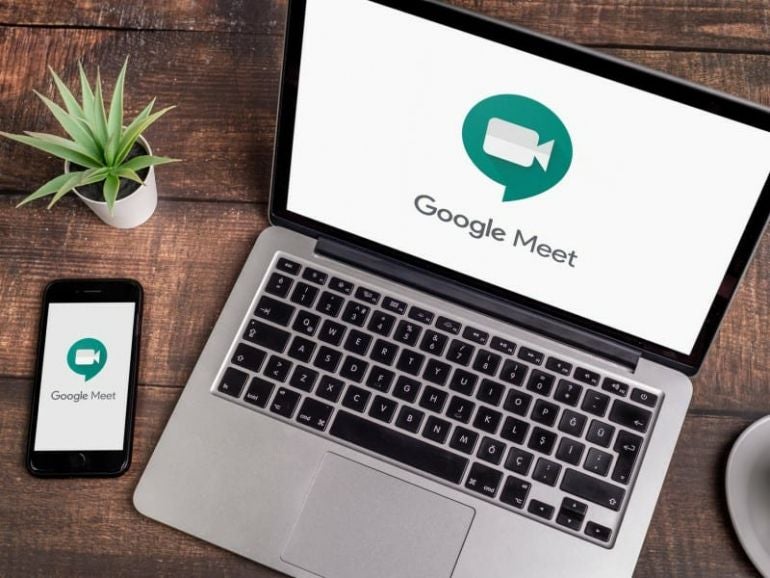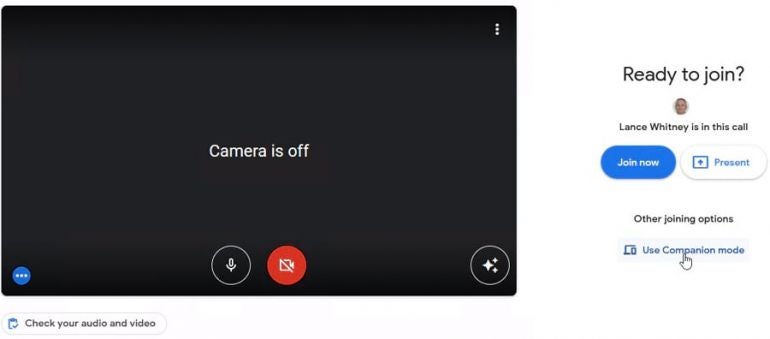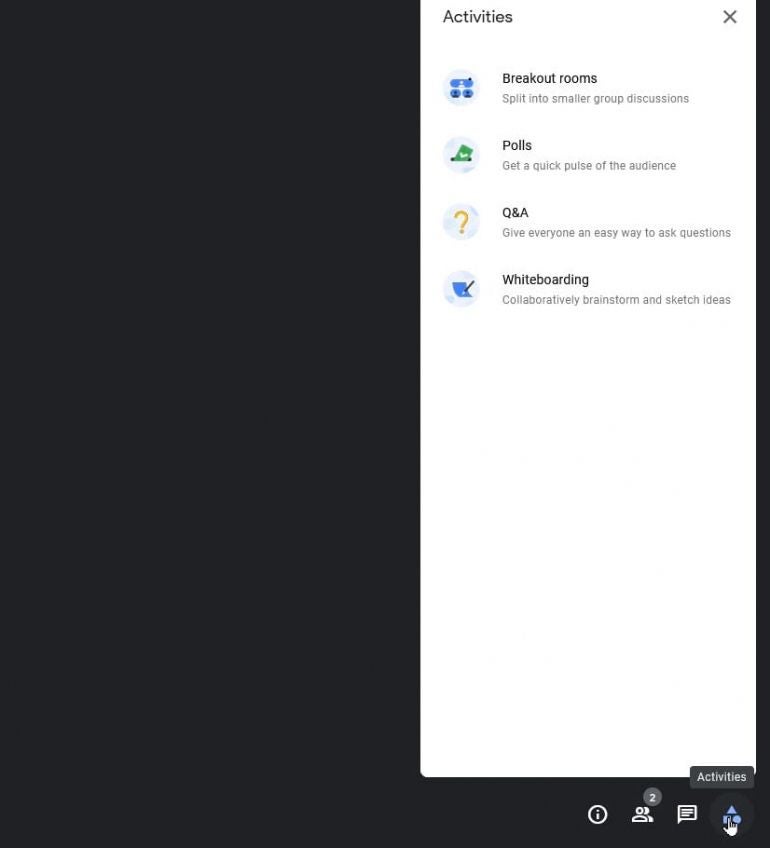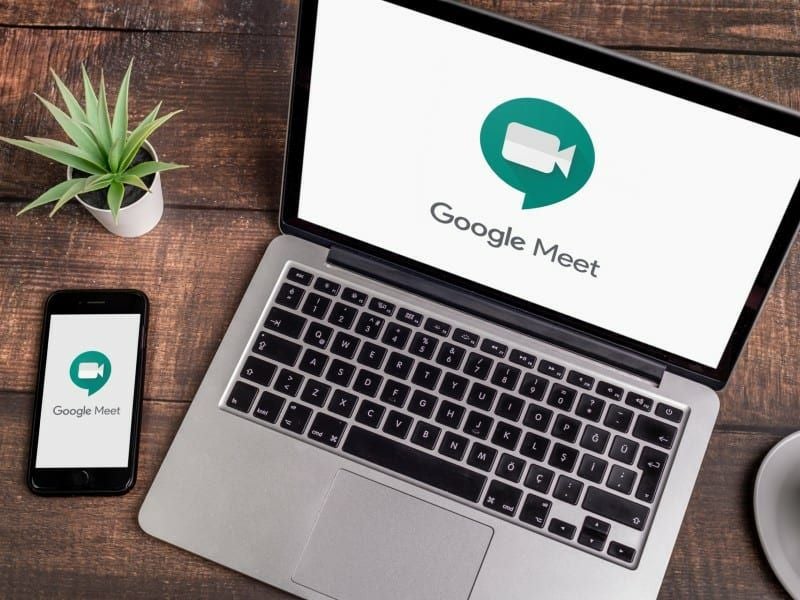
Running a meeting with both remote and in-person participants can be challenging. People who are physically present in the meeting room don’t have access to the chat feature and other tools available to the remote workers who are connecting virtually. Plus, the more attendees, the more crowded and cluttered the virtual meeting can become as chat windows, shared screens and other items vie for space.
SEE: Feature comparison: Time tracking software and systems (TechRepublic Premium)
To tackle these challenges, Google Meet offers a feature called Companion mode, which tries to enhance the collaboration and screen activity among different participants. With Companion mode, you open a second instance of the meeting on a different computer. That second session doesn’t use the camera, microphone or audio, therefore, it won’t conflict with the first session.
From that second session, you can share your screen, view presentations, create a whiteboard, chat with other people, and tap into specific activities such as polls. Companion mode is supported only on PCs, so you can’t use it on a mobile device. You can use Companion mode with the free version of Google Meet. However, certain features, including hand raising, polls, Q&As and breakout rooms, are available only with one of the paid subscriptions for Google Workspace.
You should prepare the two computers on which you want to attend the Google Meet meeting, perhaps a desktop and a laptop. Yes, you can run the two sessions on the same PC, either in two different browsers or two different tabs or pages on the same browser. But if you do have two separate computers, you’ll find that option preferable as it lets you more easily view and interact with the two different sessions.
Join the meeting as you normally would on your first PC. On the second PC, there are two ways to join the meeting through Companion mode. One way is to click the link to join the meeting or paste the meeting link in your browser’s address field. On the right side of the video window, you’ll see a link called Use Companion mode. Click that link (Figure A).
Figure A

The second way is to copy and paste the URL http://g.co/companion in your browser. At the Google Meet screen, enter the code or link to the meeting in the appropriate field and then click the link for Start Companion (Figure B).
Figure B

A screen pops up announcing that you’re now in Companion mode and explaining what things you can do with this second screen (Figure C).
Figure C

To see live captions on the second screen, click the CC icon on the bottom toolbar (Figure D).
Figure D

To raise your hand on the second screen, click the Hand icon on the toolbar (Figure E).
Figure E

To share your second screen, click the Present Now icon and choose whether you want to share your entire screen, a window or a single browser tab (Figure F).
Figure F

To see a list of all the meeting participants, click the Show Everyone icon on the right (Figure G).
Figure G

To group chat with all the other participants in the meeting, click the Chat with Everyone icon on the right. Type your message and send it (Figure H).
Figure H

Finally, to use certain activities, click the Activities icon on the right. With the free version of Google Meet, you can create and share a whiteboard to illustrate any ideas or workflows. With one of the paid editions of Google Workspace, you can also record the meeting, set up a poll and split the meeting into breakout rooms (Figure I).
Figure I

